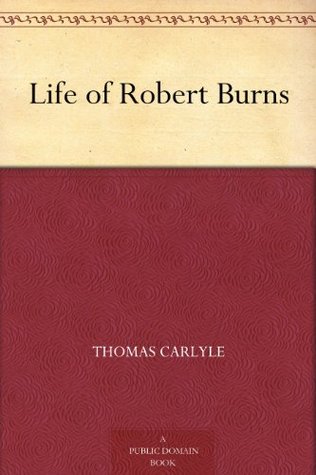Life of Robert Burns
by Thomas Carlyle
This Life of the great Scottish bard is composed of two parts. The first part, which is brief, and gives merely his external life, is taken from the "Encyclopedia Britannica." The principle object of it, in this place, is to prepare the reader for what follows. The second part is a grand spiritual portrait of Burns, the like of which the ages have scarcely produced; the equal of which, in our opinion, does not exist. In fact, since men began to write and publish their thoughts in this world, no one has appeared who equals Carlyle as a spiritual-portrait painter; and, taken all in all, this of his gifted countryman Burns is his master-piece. I should not dare to say how many times I have perused it, and always with new wonder and delight. I once read it in the Manfrini Palace, at Venice, sitting before Titian's portrait of Ariosto. Great is the contrast between the Songs of Burns and the Rime of the Italian poet, between the fine spiritual perception of Carlyle's mind and the delicate touch of Titian's hand, between picturesque expression and an expressive picture; yet this very antithesis seemed to prepare my mind for the full enjoyment of both these famous portraits; the sombre majesty of northern genius seemed to heighten and be heightened by the sunset glow of the genius of the south.
BUY NOW
Kindle Edition, 86 pages
Published May 9th 2011 (first published November 10th 2009)
© 2025 Bibleportal.com 版权所有.

Thomas Carlyle was a Scottish satirical writer, essayist, historian and teacher during the Victorian era. He called economics "the dismal science", wrote articles for the Edinburgh Encyclopedia, and became a controversial social commentator.
Coming from a strict Calvinist family, Carlyle was expected by his parents to become a preacher, but while at the University of Edinburgh, he lost his Christian faith. Calvinist values, however, remained with him throughout his life. This combination of a religious temperament with loss of faith in traditional Christianity made Carlyle's work appealing to many Victorians who were grappling with scientific and political changes that threatened the traditional social order.
... Show more